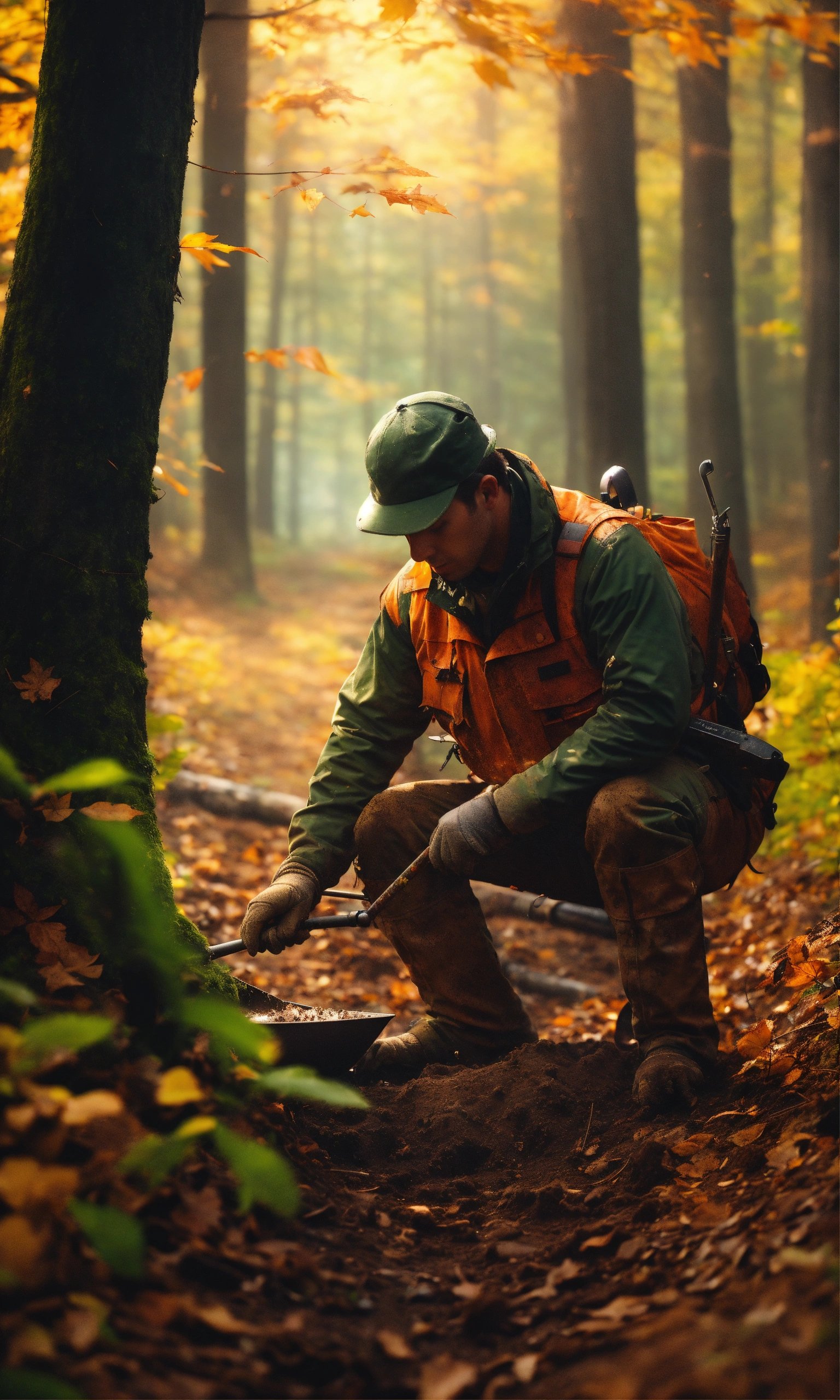When you find yourself lost or stranded in the wilderness, your first priority is finding food to sustain yourself until help arrives. Knowing how to locate and cook survival food in the forest can mean the difference between life and death. In this ultimate guide, we will explore various techniques for finding and preparing food in the wilderness.
Locating Edible Plants
One of the easiest ways to find food in the forest is by foraging for edible plants. However, it is essential to familiarize yourself with the different types of plants that are safe to eat, as some can be toxic. Some common edible plants include dandelions, cattails, and wild berries. It is crucial to properly identify these plants before consuming them.
Another essential skill to learn is how to spot edible mushrooms. Many wild mushrooms are safe to eat but can be easily confused with toxic varieties. Make sure to research and identify the different types of mushrooms in your area before consuming them.
Finding Protein Sources
In addition to plants, protein sources are essential for survival. In a forest setting, you can find protein in the form of insects, fish, and small game. Insects such as ants, grasshoppers, and beetles are rich in protein and can be easily collected. Look for them in damp areas, under rocks, or in decaying logs.
Fishing is another excellent way to find protein in the wilderness. Make a makeshift fishing rod using a stick and some fishing line, or fashion a spear to catch fish in shallow waters. Look for streams, rivers, or ponds where fish are likely to gather.
Hunting small game such as rabbits, squirrels, or birds can also provide a valuable source of protein. Make sure to research hunting laws and regulations in your area before attempting to hunt wildlife.
Cooking Techniques
Once you have gathered your food, it is essential to know how to cook it safely. Building a fire is crucial for cooking food in the wilderness. Collect dry wood, tinder, and kindling to start a fire. Use rocks or sticks to create a makeshift cooking surface over the flames.
Foraging for wild herbs and spices can add flavor to your meals. Look for herbs such as wild garlic, mint, or thyme to enhance the taste of your food.
Finally, be sure to cook your food thoroughly to kill any harmful bacteria or parasites. Avoid eating raw or undercooked meat to prevent foodborne illnesses.
In conclusion, knowing how to find and cook survival food in the forest is a valuable skill that can save your life in a dire situation. By learning how to identify edible plants, find protein sources, and cook food safely, you can increase your chances of survival in the wilderness. Remember to always be prepared and stay calm in any survival situation.





Leave a Reply